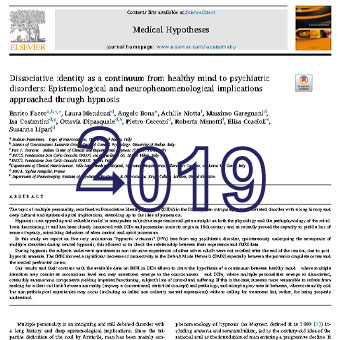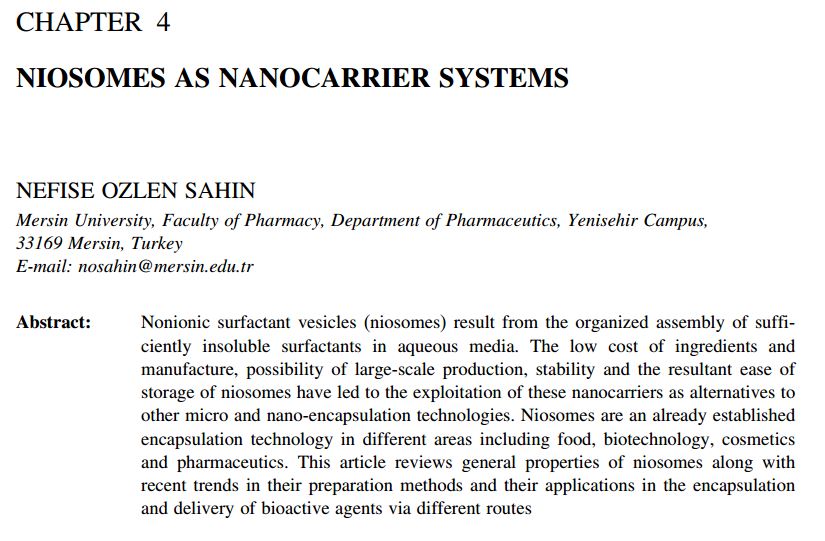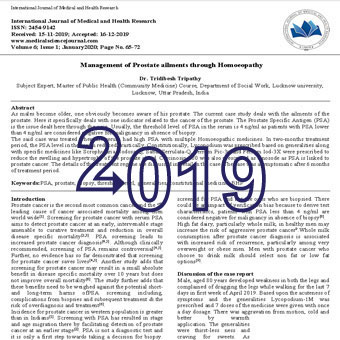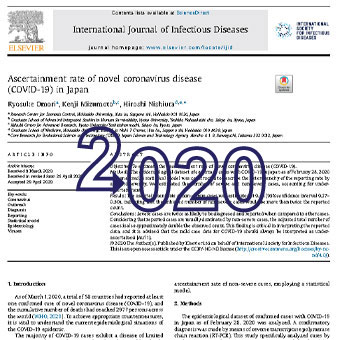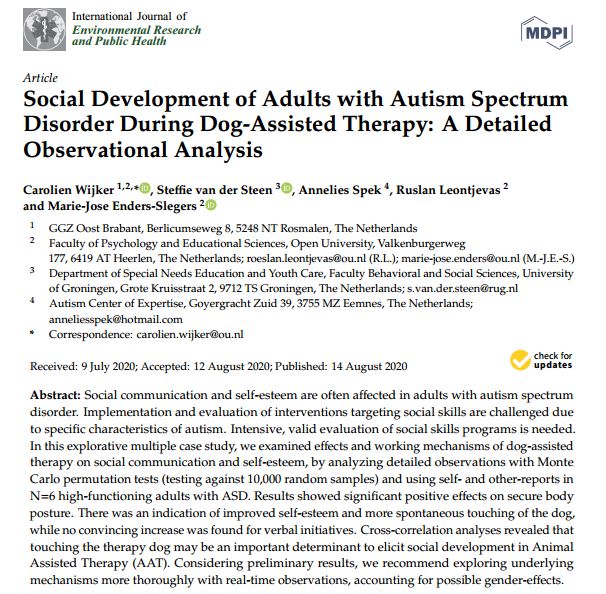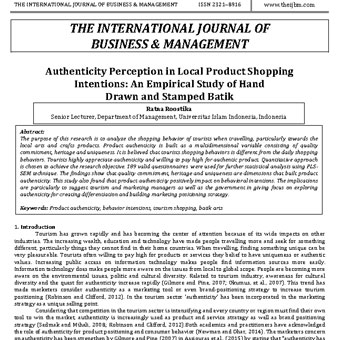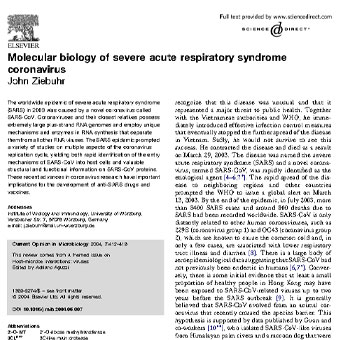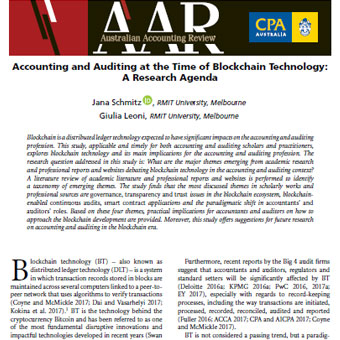عنوان فارسی مقاله:اختلال هویت تجزیهای به عنوان یک طیف از ذهن سالم تا اختلالات روانی: پیامدهای معرفت شناختی و پدیدار شناختی عصبی از طریق هیپنوتیزم
چکیده
موضوع شخصیت چندگانه، که به صورت اختلالات هویت تجزیهای DID در DSM-5 باز تعریف میشود، یک اختلال بحث برانگیز با تاریخچه طولانی و اثرات فرهنگی و معرفت شناختی عمیق میباشد. هیپنوتیزم، مدل ارزشمند و جذاب برای اصلاح تجربهی ذهنی بوده و اطلاعاتی را در مورد روان شناسی و پاتوفیزیولوژی عملکرد ذهن- مغز ارائه میکند. همچنین ارتباط نزدیکی با DID و مالکیت دارد و اخیراً قابلیت آن در شبیه سازی و تقلید توهم و هذیان کنترل بیگانه و مالکیت روحی اثبات گردیده است.
در این مطالعه، ما گزارشی را در خصوص پنج HV غیر طبیعی از اختلال روانی، تحت ظهور هویتهای چندگانه در طی هیپنوتیزم خنثی ارائه میکنیم: این به ما امکان کنترل رابطه بین تجربه و دادههای FMRI را میدهد. در طی هیپنوتیزم، افراد تحت تجربههای دیگر خویشتنها قرار میگیرند که بعد از جلسه یاد اوری میشوند. FMRI، کاهش معنی دار در ارتباط را در شبکه حالت پیش فرض DMN بین قشر سینگولیت خلفی و قشر پرفرونتال میانی نشان داد(ذهن سالم تا اختلالات روانی).
- لینک دانلود فایل بلافاصله بعد از پرداخت وجه به نمایش در خواهد آمد.
- همچنین لینک دانلود به ایمیل شما ارسال خواهد شد به همین دلیل ایمیل خود را به دقت وارد نمایید.
- ممکن است ایمیل ارسالی به پوشه اسپم یا Bulk ایمیل شما ارسال شده باشد.
- در صورتی که به هر دلیلی موفق به دانلود فایل مورد نظر نشدید با ما تماس بگیرید.
 متن به فارسی | ترجمه مقالات و متون علمی | ترجمه و دانلود مقالات و انواع متون علمی و ادبی و پذیرش سفارش ترجمه
متن به فارسی | ترجمه مقالات و متون علمی | ترجمه و دانلود مقالات و انواع متون علمی و ادبی و پذیرش سفارش ترجمه
